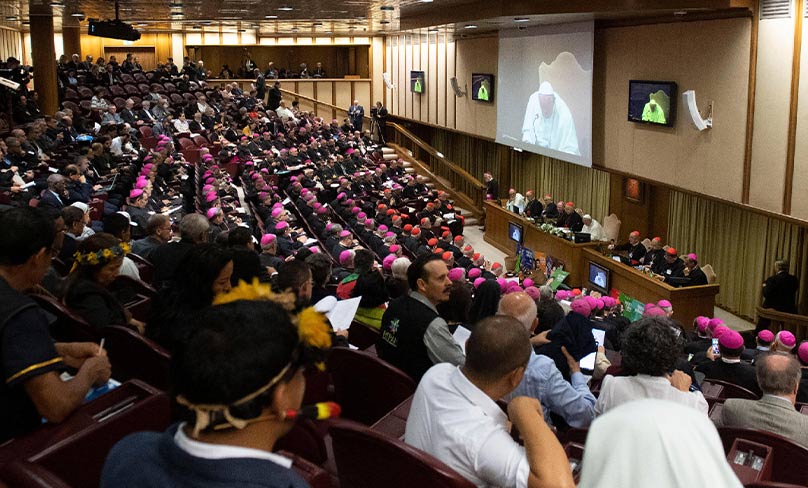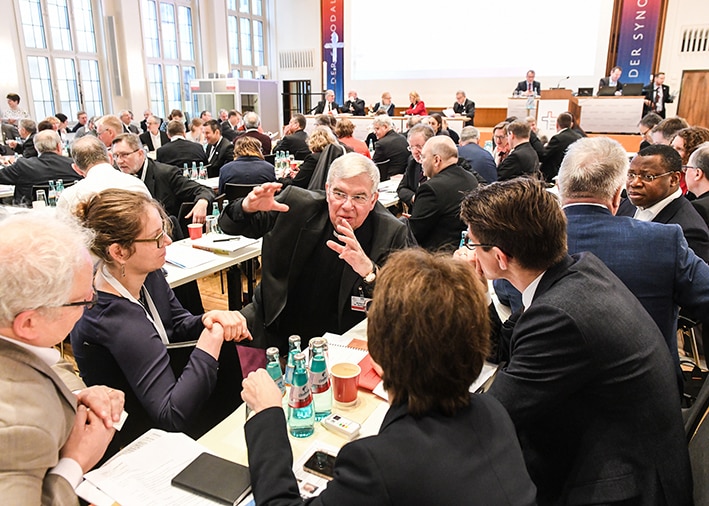
Is it time for a reform of diocesan structures in Australia?
I’ve been reading a new online US Catholic news initiative called The Pillar, produced by veteran Catholic journalists Ed Condon and J D Flynn.
But I think your first place for Catholic news should be The Catholic Weekly, so I’m going to pick up on a recent discussion and share it with you in an Australian context. Ed Condon writes that in the US, the era of big diocesan government is over. There are currently 16 US dioceses with no bishops, because they’re awaiting appointments. Many of these dioceses are small, poor, and rural.
Centralised management is not always a good model. There’s no doubt that it’s contributed to the corruption, cronyism, and corporate blindness that’s damaged the Church in recent decades.
“Merging dioceses is a messy business which requires Roman involvement. But what if we could rethink what a diocese’s actual responsibilities are, and develop a new model?”
In Australia, our churchgoing Catholic population has shrunk drastically and moved around. Because of this, I’ve suggested that we need diocesan reform in Australia. The Instrumentum Laboris backs me up. Merging dioceses is a messy business which requires Roman involvement. But what if we could rethink what a diocese’s actual responsibilities are, and develop a new model?
Many dioceses are facing financial difficulties and can’t sustain an institutional footprint designed for the Catholic Church of yesteryear. So instead of pouring more money into trying to prop this up, Condon suggests rethinking the role of the diocese.

It’s a simple model. Dioceses would start outsourcing their Catholic schools, charities and apostolates to the laity, based on local needs and local capacity. This is subsidiarity in action, and smaller organisations are usually more flexible and can adapt more easily to rapidly changing needs.
So rather than the Church becoming more corporate (as suggested in The Light from the Southern Cross), it would become much less corporate. The bishop can stop trying to be the CEO of a corporate body. Instead, his job would be to guarantee Catholic identity and mission, and serve as teacher, priest, and governor. He would have more time to spend with his flock – and his priests.
I’ve said before that bishops who are out there in their dioceses know much earlier when problems begin. Bishops who can hear bad news from the grassroots are also well placed to tackle those problems.
“… Smaller organisations need to be responsible for their own legal and administrative costs. But this would also shift the insurance liability from the diocese.”
There are some obstacles to this reform in Australia. No one wants to touch the massive and well-funded Catholic education system. It employs around 90,000 people, even though only two-thirds of its students identify as Catholics.
Dioceses would also have to shed employees. These would then be free to go and work in smaller, privatised Catholic lay-run organisations, apostolates, and ministries. These lay groups could certainly be given access to or leases of existing Church-owned buildings. Smaller organisations need to be responsible for their own legal and administrative costs. But this would also shift the insurance liability from the diocese.
This is the best and most original idea I’ve come across yet for diocesan reform, and I’d love to see it discussed more fully in the Australian context. What do you think?
Related:
